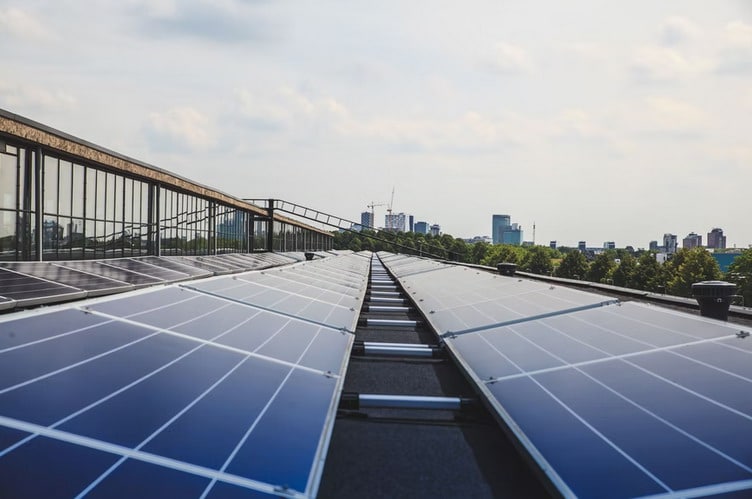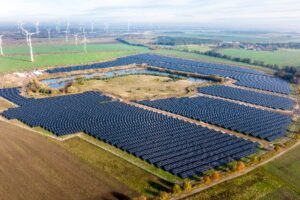Common Mistakes and How to Avoid Them

There is currently enough solar energy installed in the United States to power 22 million households, highlighting the growing importance of solar in meeting our energy needs. To date, 126.1 gigawatts of solar capacity have been installed across the country, with a further 300 gigawatts expected to be installed in the coming decade.
For homeowners, the primary benefit of making the switch to solar energy is the potential to save tens of thousands of dollars on energy bills. If you are interested in installing a solar panel system on your property, this blog post is for you. Here, we will share the common mistakes that people make when designing solar panel systems and how you can avoid them.
Choosing the Wrong Size System
The larger the solar panel system you opt to install, the greater the upfront cost. It’s important to take time to determine the right system size for your home. Factors that should be considered here include:
- Your property’s energy usage
- The size of your property
- The number of occupants
- The location of your property
A home with a higher demand for electricity will naturally require more solar panels than a home with lower demand. Homes that receive fewer sunshine hours may also require more solar panels to meet their energy needs compared to homes in areas with a greater amount of sunshine hours.
Choose the Cheapest Option
Solar panels can be an expensive project with a high upfront cost, so it can be tempting to opt for the cheapest panels. However, these are going to be less effective than the more expensive options that will prove better in the long term.
With proper care, good quality solar panels can effectively absorb sunlight and generate solar energy for upwards of 50 years, so it’s worth paying a little more on Day 1. We recommend that you choose Tier 1 solar panels from a reputable solar installer.
On the subject of cost, the good news is that solar incentives are available. Click here to read about solar incentives in Colorado.
Installing Solar Panels in the Wrong Direction
In the United States, solar panels should be installed in a ‘true’ south-facing direction. This will help to ensure what is known as maximum output from your solar panel system.
Installing solar panels in any other direction will result in a loss of output. In the case of solar panels installed in a north-facing direction, the loss of output could be upwards of 30%, which is certainly significant. Even solar panels installed in a south-east or south-west direction won’t be as efficient as those in a ‘true’ south direction.
What to Known About Designing Solar Panel Systems
To avoid making mistakes when choosing a residential solar PV system, we highly recommend that you partner with an experienced and professional solar installation company. A solar installer will check your application, and will tell you exactly what PV system you have to install and will estimate the total cost. Like this blog post on designing solar panel systems? Be sure to check out our other informative articles on a wide range of interesting topics.




